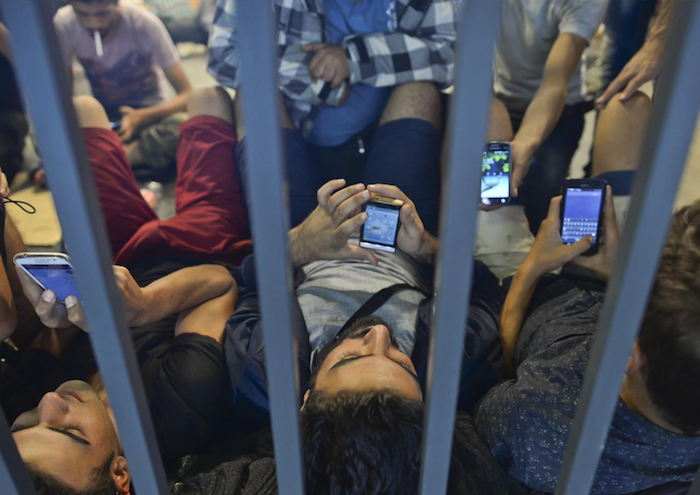Changing Our World on a 5" Screen
In January 2007, our world changed.
Our breakfast routine changed, the way we drove changed, our social interactions changed.
The change didn’t happen over night but progressively and slowly entered nearly every aspect of our lives.
What is it that changed us?
Smartphones.
We can easily grasp the impact of smartphones in our personal lives. You call your grandma on Facetime and you use Cortana to find the best sushi restaurant near your house.
But with the access to smartphones and trends in web development and design pushing for mobile first methodology the way individuals, the public and private sectors is changing.
Cost and Accessibility
In a recent study by e-marketer they suggested that 2015 will have over 1.91 billion globally, and 2016 is forecasted to have an increased user base of another 12.6% to near 2.16 billion.
Access to smartphones is becoming easier as the prices decrease year over year. The Telegraph released that manufacturers are “stuck in a race to the bottom when it comes to price.” It is expected that the average price of smartphones will decrease to $102 by 2018.

The CIA World Factbook has a list ranking the number of mobile phones by country. You can check where your country ranks here
The development community has recognized the capacity of mobile for development. Companies and Governments are building applications to target this and civic hacking is helping bring data closer to decision makers and communities.
Mobile for Development
- mMoney: People to Government payments have been made easier with mobile money. A Case Study released by GSMA stated that in 2014 Cote d’Ivoire 94% of the secondary school students paid their annual registration fees via mobile (over 1 million people.)
- mHealth: Health applications and technologies are helping monitor general health, physiological responses and environmental factors for health. Health applications are helping with medicine scheduling, fall prevention and the monitoring of diabetes.
- mEducation: Mobile application in education is unbounded. Anthony Bloome wrote for USAID on the use of e-readers providing “reading materials in low-resource settings” in Ghana, Nigeria, Kenya and the Phillippines. The e-readers are able to be charged at local power charging banks.
- mAgriculture: Mobile applications have helped better manage field mapping, disease and pest, farm management, education and weather tracking. Having greater access to these resources is establishing better agricultural practices.
- mDemocracy: In Myanmar mobile technologies are used to facilitate the voter registration process and provide better access to candidate profiles. Back in 2007 Ghana used mobiles to monitor conduct at polling stations
As the access to mobile technologies expands year over year, innovation will drive research in to new mobile development fields and ways to reach out to low-resource communities